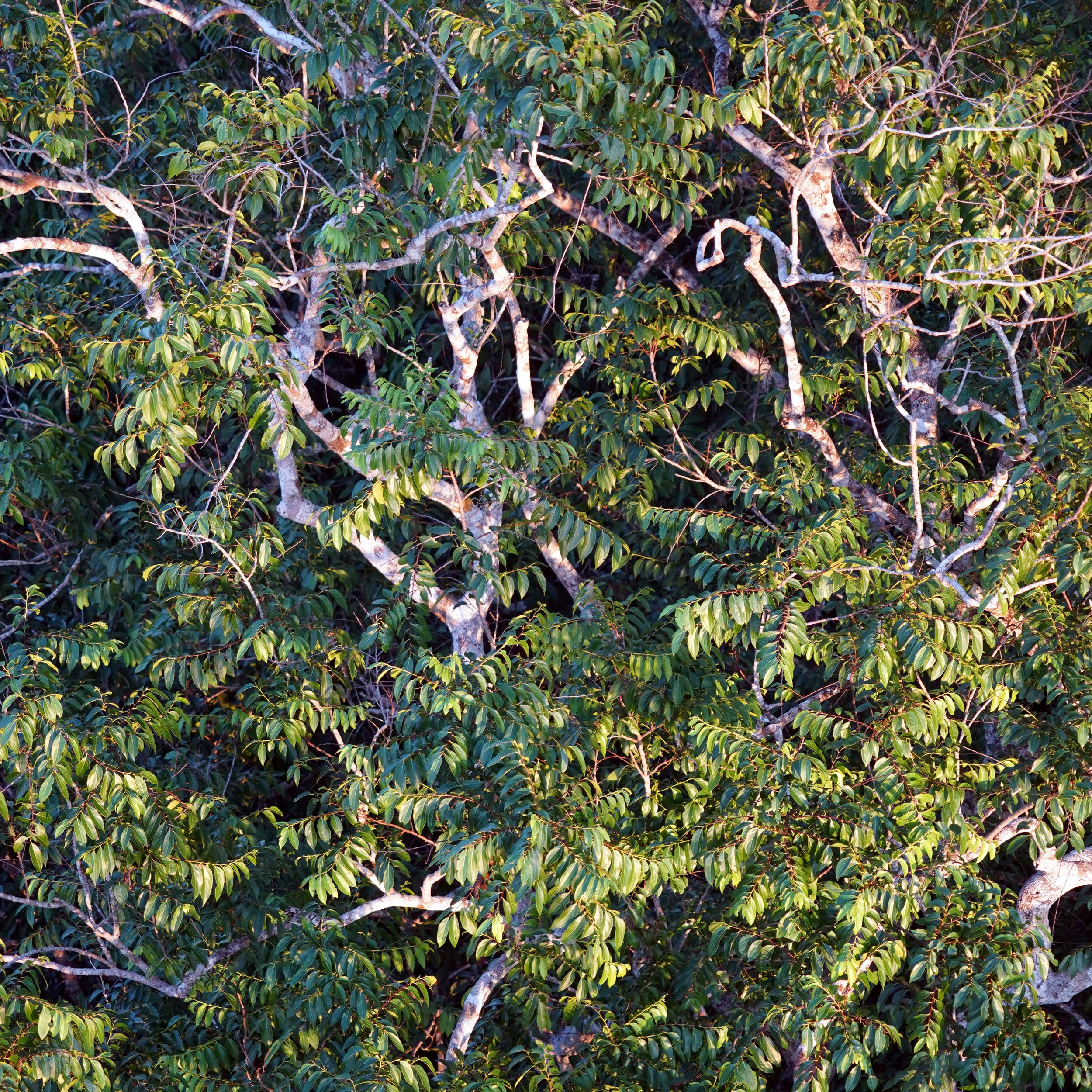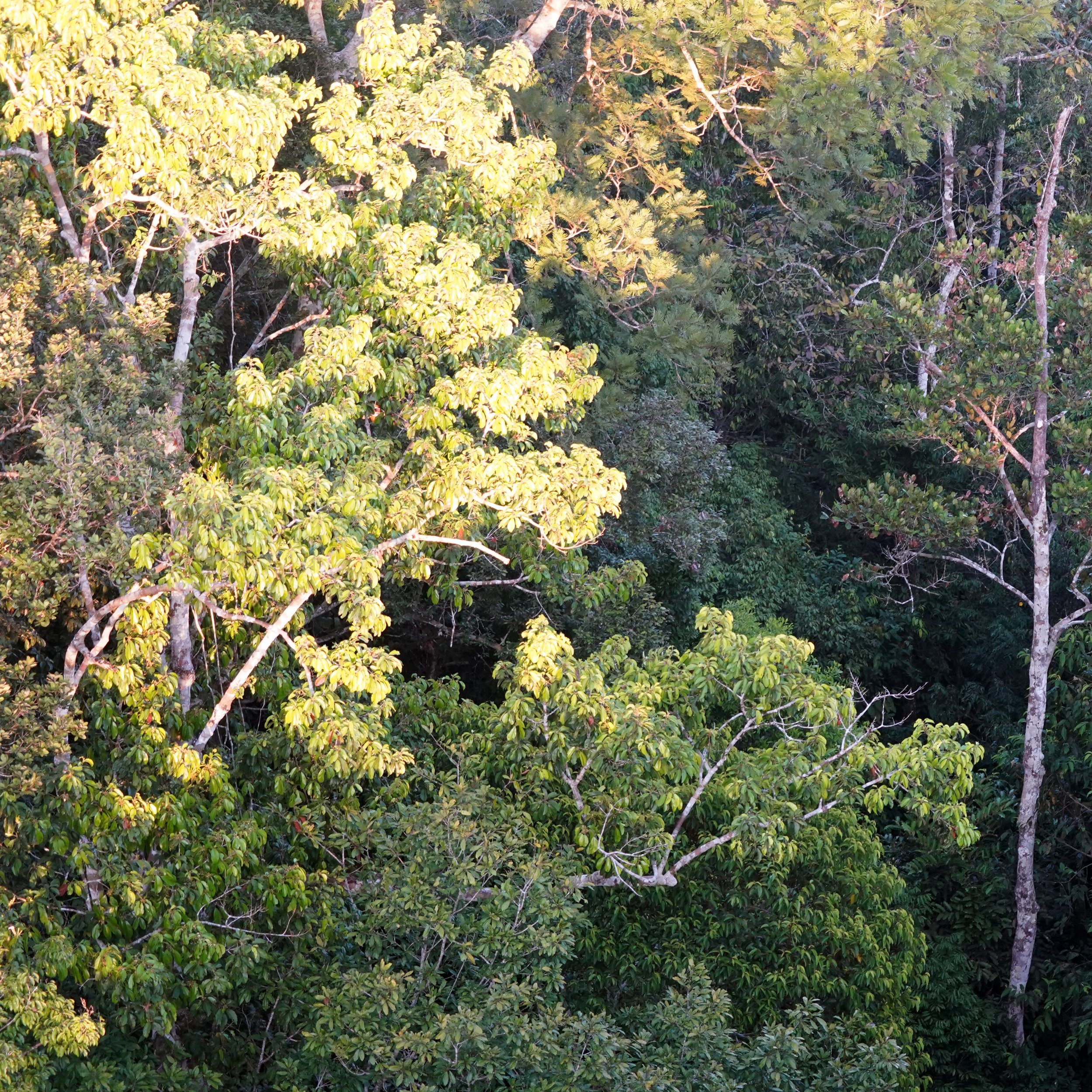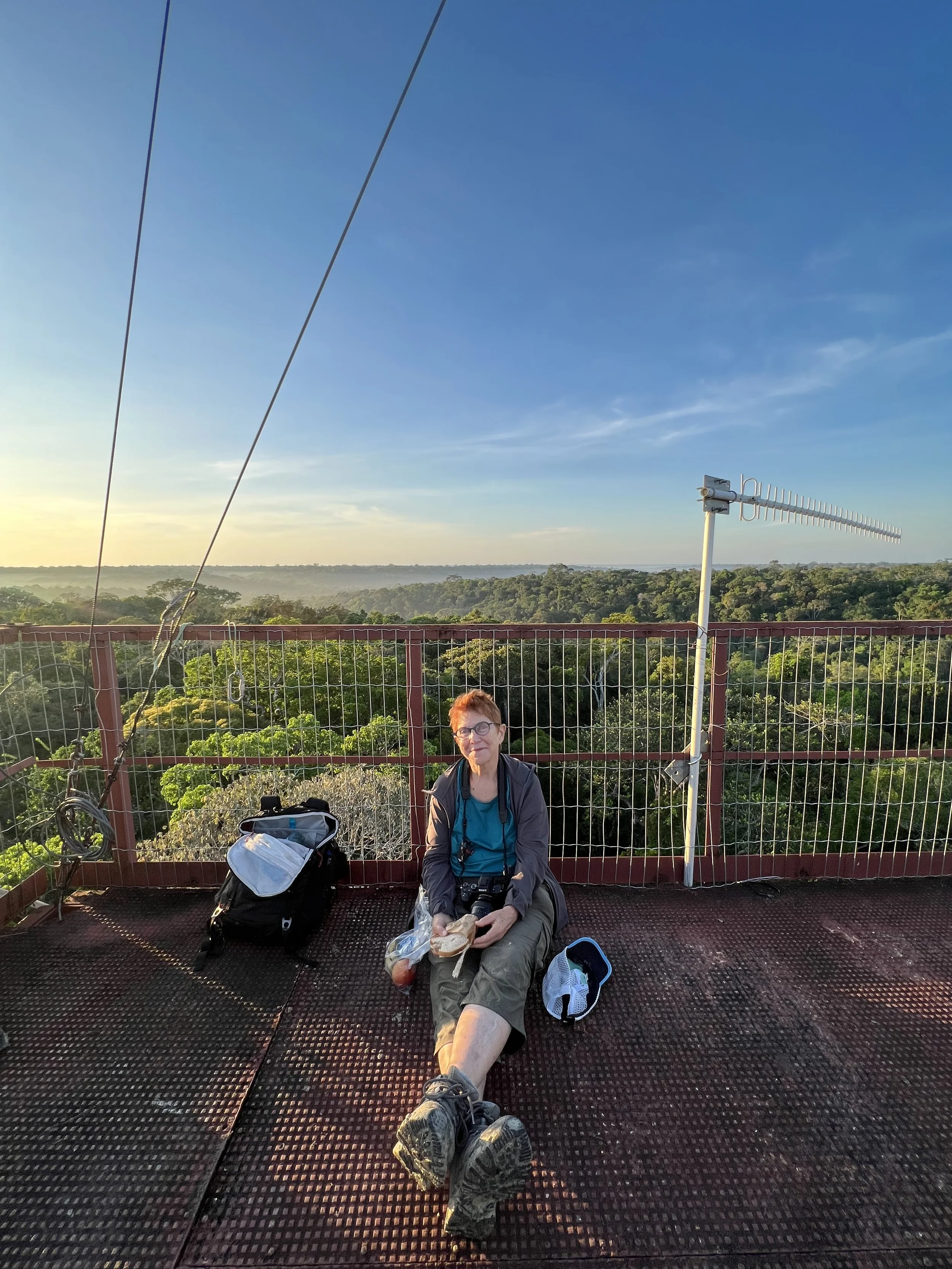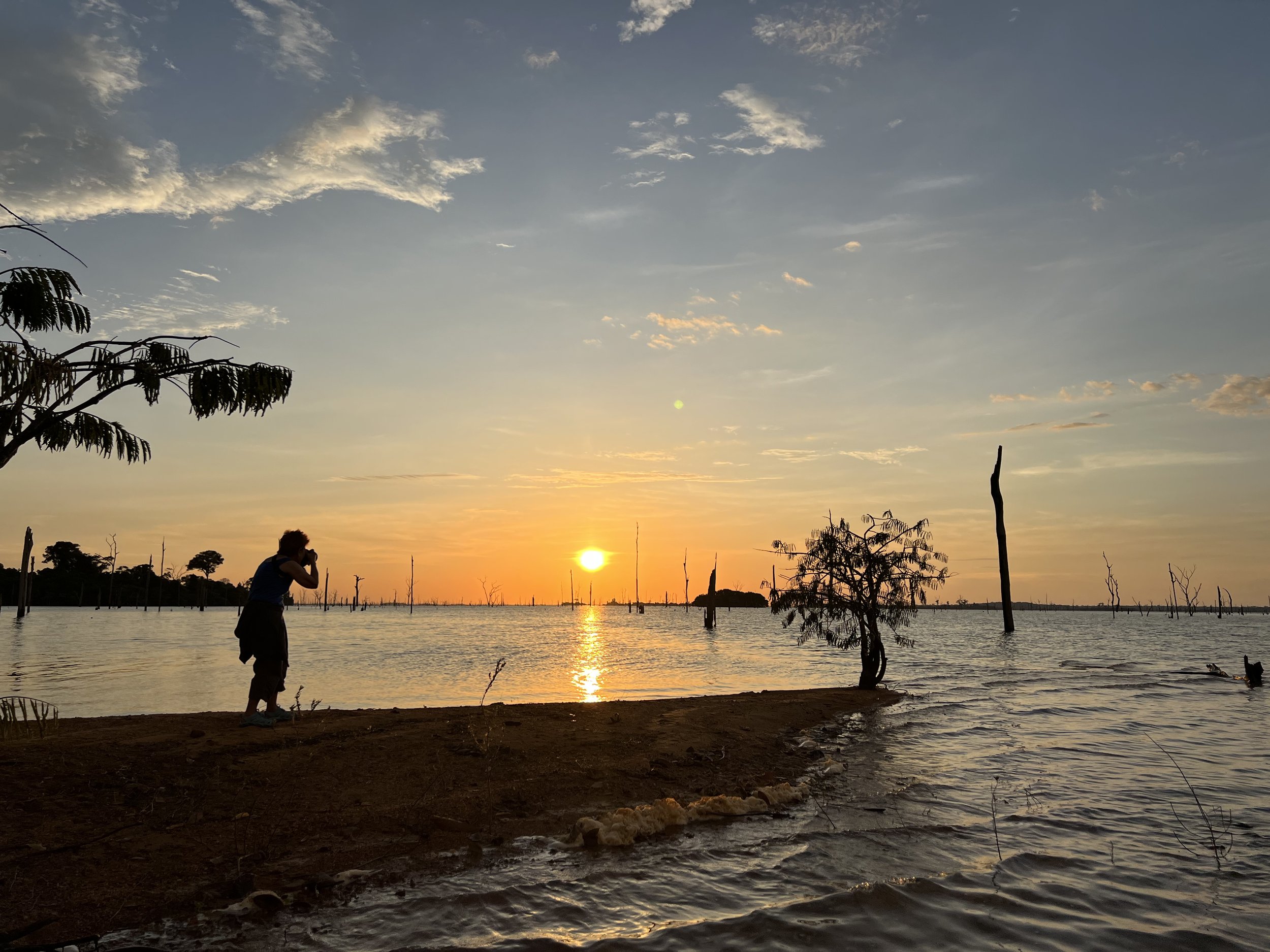In 1980, the leadership was intent upon creating massive public projects such as a hydroelectric dam for the city of Manaus. However, the solution was devastating to the communities that lived here, as well as a fiasco in terms of engineering. It never paid off. But what it did do is flood over 300,000 hectares of pristine forest. What we first thought were islands were actually the tops of the very highest part of the forest that had been flooded by the dam.
Many areas in the Amazon River Basin are heavily impacted by the differences between the dry and wet season. River levels can fluctuate naturally by around 20 meters, flooding forests during the rains and draining them later on in a natural cycle. But the Balbina dam intensified this pattern by flooding the forest completely, covering all the trees during the wet season and completely drying out in the dry season. The trees and animal life, which were not adapted to be completely submerged in water, died during the flood. This left a dead dry mass when the water disappeared in the dry season. Then in 2011 a major “El Niño” weather pattern arrived in the dam’s first dry season, followed by a severe drought that left dead fish and animals to rot. This produced gaseous fumes that caught fire and burnt down a vast stretch of what had once been healthy forest.



























